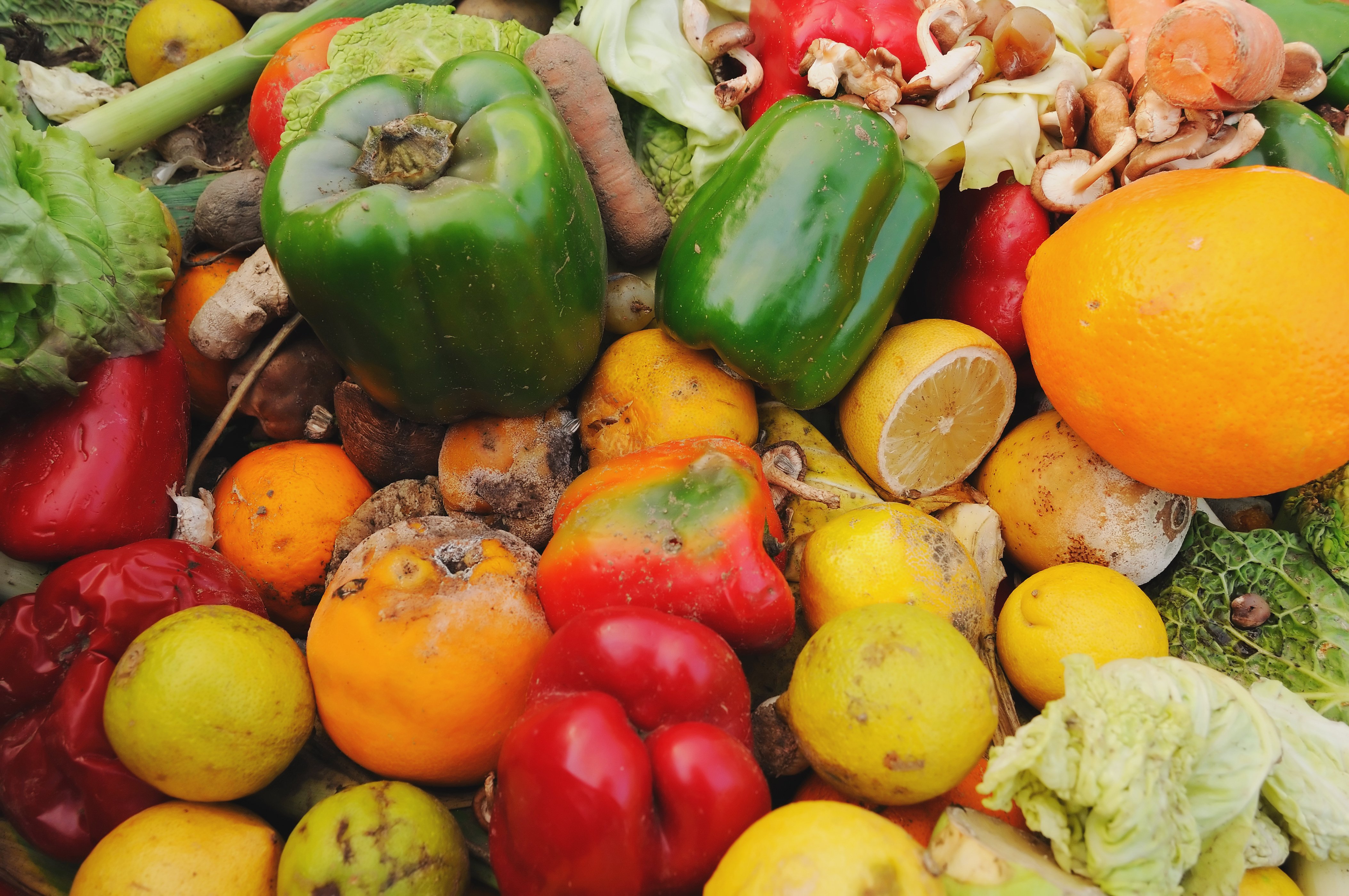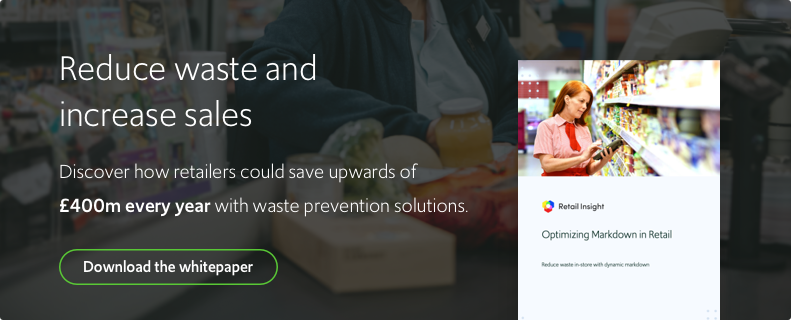
Technology can help supermarkets become more sustainable

- 2 minute read
- Paul Boyle
Across the world, we waste around 1.4 billion tons of food each year, a staggering amount. Almost 40 million tons come from the US alone with an associated cost estimated at more than $200 billion annually. In the US, grocers accounted for about 10% of food waste in 2014, which is leading to increasing pressure to ensure they become more sustainable in how they handle oversupply and out-of-date stock.
There are a number of processes that grocery stores can undertake to reduce food waste. One method is to donate the excess stock to charities or food banks, a wholly virtuous activity, but only made possible due to systemic inefficiency.
Another method is anaerobic digestion, where waste is given to third-party partners that break down the food and convert it to gas. While both methods will continue to be important in the food redistribution process, they cannot always be appropriate. Some food, such as fresh produce, is not always safe after a certain period of time, and food banks can’t always accept every donation. Moreover, investing in third-party redistribution processes can be costly to the retailer.
In contrast, a simple and cost-effective way to reduce food waste in stores is to embrace dynamic markdown strategies. The technology can provide full visibility on products at all times, and identify which items are most at risk of being wasted, in order to calculate a product’s optimal discount price. Stores can therefore use dynamic markdown solutions to reduce their waste bill by maximizing sell-through and profit and minimizing the amount discarded.
In order for this dynamic markdown technology to be effective, access to data is extremely important. Real-time updates such as volume remaining, a product’s popularity across several store locations, the season of the year, and even the time of day can be taken into account to identify when products are set to expire in advance. This allows the retailer to streamline operations that will save costs, boost accuracy and drive efficiency.
Consumers are becoming even more sustainability-conscious, with many choosing where they shop and what they buy based on this. A dynamic markdown process not only speeds up efficiencies in-store, but can also have the potential to increase customer satisfaction, as they will be rewarded with cheaper prices at checkout while simultaneously helping to reduce waste.
When it comes to food waste in grocery stores, profitability will depend on the smart use of resources, and technology will play a huge part in the future of efficient, cost-effective, and ultimately sustainable store operations.
This article was originally featured in RIS.
Get in touch
Written by Paul Boyle
Paul, a Master's graduate in Engineering, became CEO of Retail Insight in 2011 having previously served as COO since the business was founded in 2005. He enjoys everything about Retail Insight; our people, products, and partners. Prior to Retail Insight, Paul worked at P&G and HJ Heinz in Commercial and Strategy.
You might be interested in


How Poor Markdown Pricing is Costing Millions

Sustainability, reducing retail waste, and increasing customer loyalty

Grocers should do more to be sustainable, US shoppers say

An examination of shelf health at US grocers

Rethinking retail food waste in the face of Covid-19

Putting actionable food waste information in the hands of staff is key to labor productivity

How tech can help grocers tackle food waste

Kroger collaborates with Retail Insight to reduce food waste

The challenges with the German Pact Against Food Waste…

Preventing shrink in retail stores: Stock loss prevention strategies


